Abaci are not unique to Japan and actually were imported from China around 1600 and this one is actually Chinese (so it is really a suanpan). Originally, the upper part of the Japanese abacus had two “heavenly” beads and the lower part five “earth” beads just like this. Around 1850 it was improved and changed to 1 and 5 beads, and then again in 1891 changed to 1 and 4, which continues to be the common modern abacus used in Japan. Personally, I find these dates to be a little rigid and I don’t think they date pieces exactly, but rather roughly.
Hand colored late 19th-early 20th century photos confirm its use in transactions at all kinds of businesses. I couldn’t resist this kimono shop photo – just look at those amazing rolls of fabric!
Like I said, abaci were used in many countries, and while we are on old photos, here’s one of a young Russian abacus seller. You can see quite clearly the difference in their style – there is no separation of heavenly and earthly beads – and as a result the method of calculation.
So do I know how to use one? Of course not! But I think they make charming additions to vignettes in the home.
I see one peeking out from behind the lamp in this project by Lauren Liess.
Even Pottery Barn and CB2 have jumped on the abacus bandwagon, although neither of these are still available.
I run across abaci at the shrine sales quite frequently. I tend to look out for the older or more unusual ones as a general rule.
I found a particularly giant one designed for classroom teaching or shop use at Kawagoe last spring. It was featured in the article by Lisa Jardine now on the CNN Travel website. The beads are bright yellow to make it easy to see at a distance.
In 9 years I have only seen a few of these huge ones, and never outside of Japan, except in this photo of Sibella Court’s Sydney shop The Society. Somehow I’m not surprised she managed to get her hands on one along with many other Japanese goodies.
So I just happened to stumble across two recently – how is that for luck?. You can get a sense of how big these really are by comparing them to the regular sized abacus propped up along the yellow one. It’s interesting that the beads on these teaching abaci stick where you move them to facilitate lessons.
Tons of potential! I could see the yellow one in a kids room or den, but it is the wooden one which calls my name!
What would you do with one?
My heart goes out to everyone in Boston today. I am counting my blessings and sending out love to all those affected.
Related Posts:
Tokyo Jinja on CNNgo Today
Takamakura…A Geisha’s Hard Night Sleep
Image credits: 1, 10, 13-14. taken by me, 2. via The Slide Rule Museum (gotta love that name!), 3. William Carrick via National Galleries of Scotland, 4. via Design Sponge, 5. via Belle Brocante, 6. via Pinterest, 7. via Pure Style Home, 8. via Pottery Barn, 9. via CB2, 11. Lisa Jardine for CNNgo, 12.The Society via An Indian Summer.


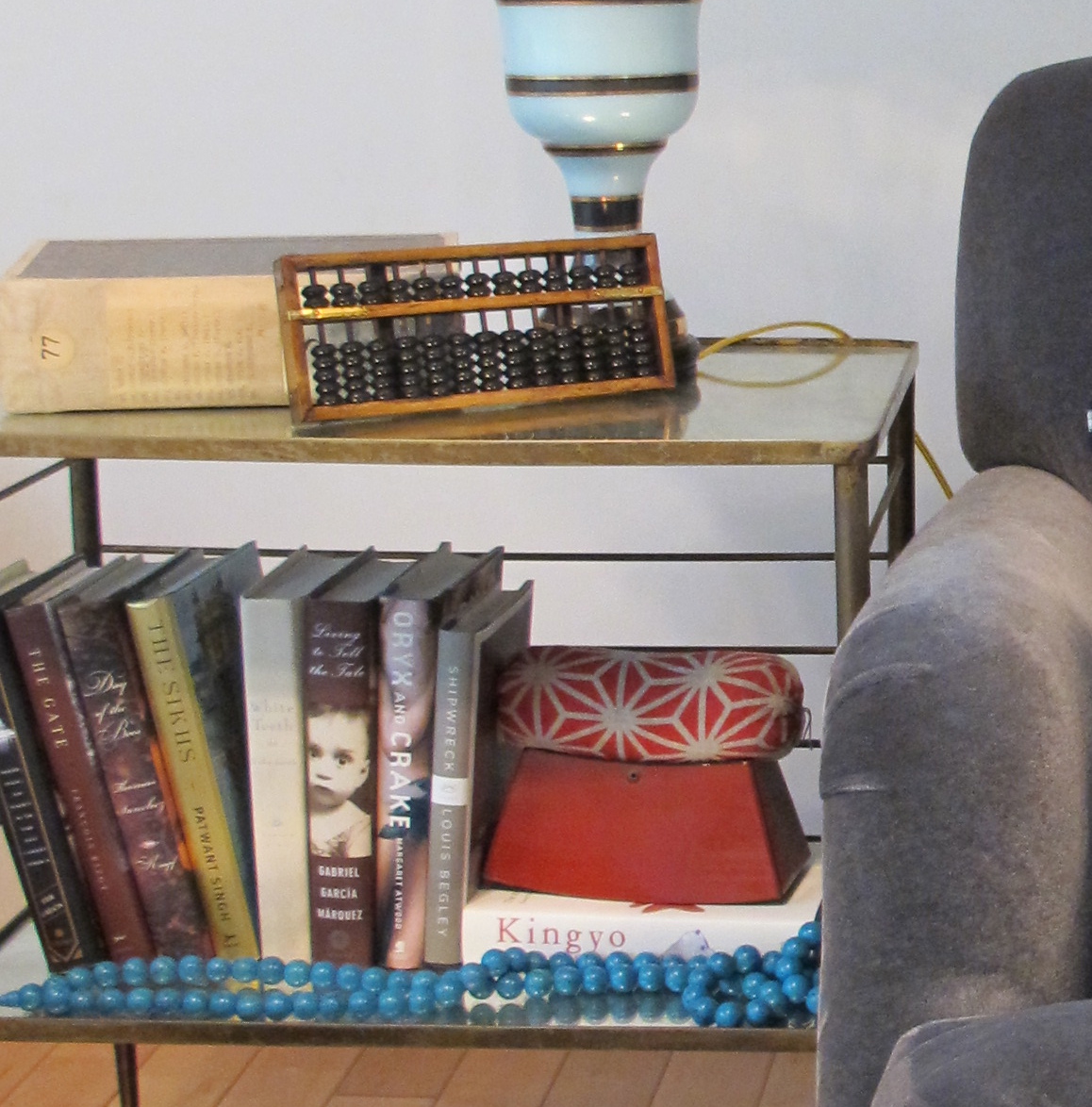
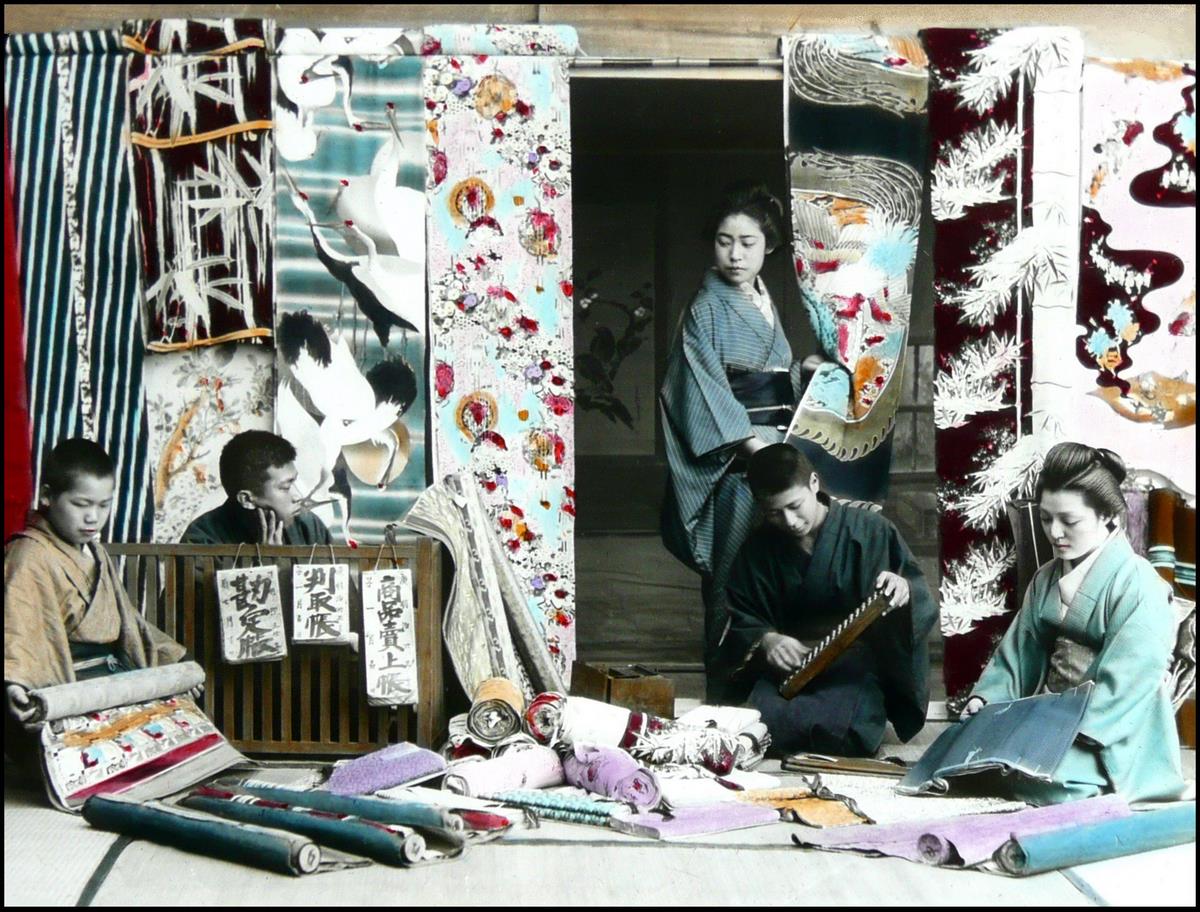
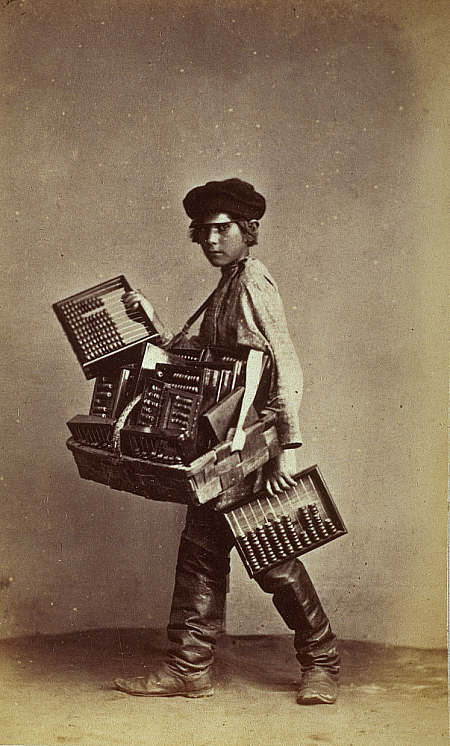
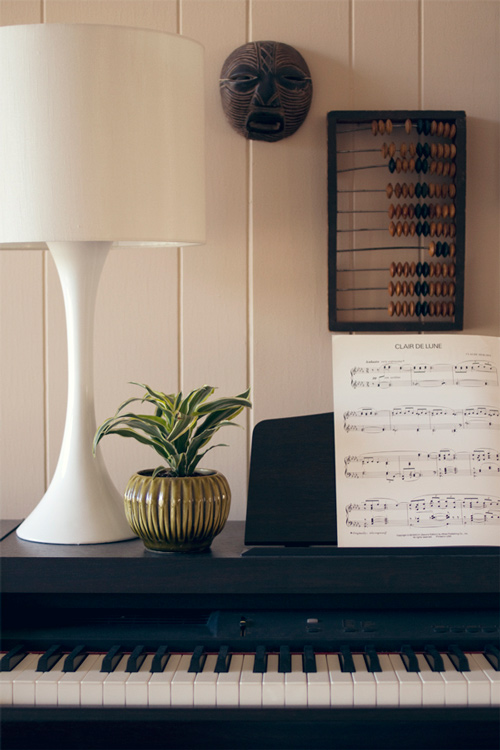
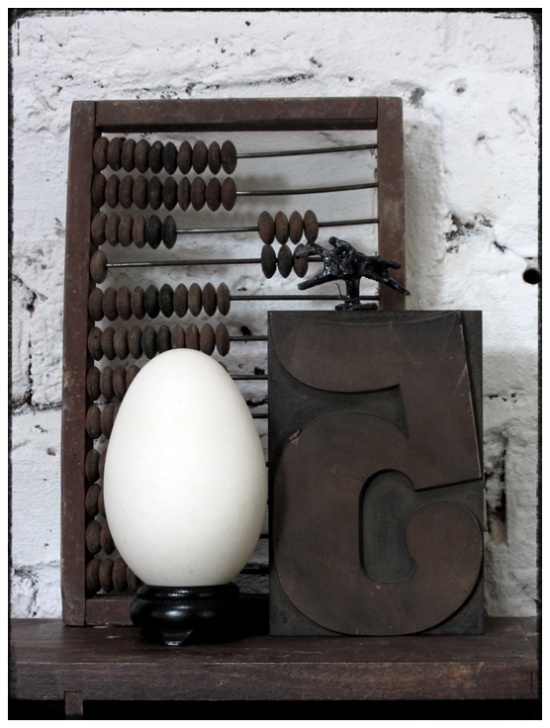
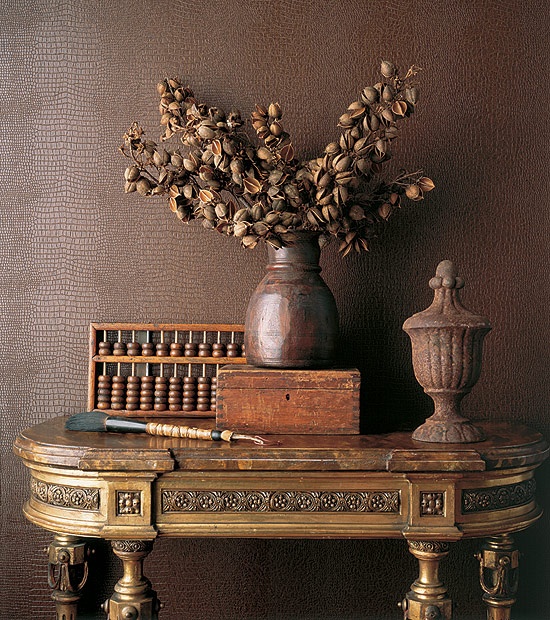




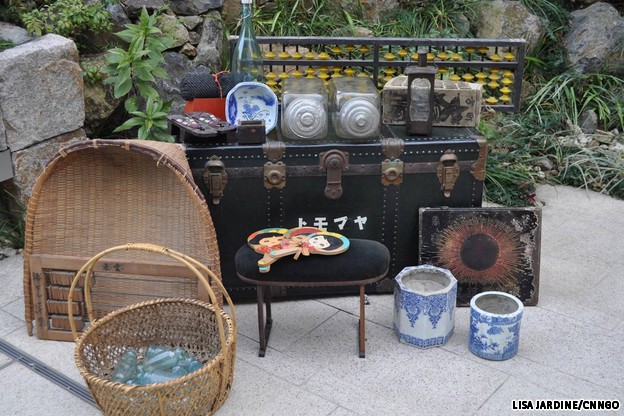



I saw a similar large abacus at Kawagoe last year and regret that I left it behind because I just couldn’t fit any more into my luggage. I love the graphic punch and imagined placing it under glass as a small side table (with splints on four corners to clear the beads). Ahh, the one (of many treasures) that got away. Which brings up a question. Do you have any information on reasonable shipping options from Japan to the states (NYC)? I visit Tokyo twice a year on business. (I am the TV producer that met you at Tomioka Hachimangu last fall – we bargained together on some kashigata- I am so sad that you will be leaving Japan. Your blog has become a highlight as it brings me briefly back to Tokyo, with each entry. )
Hi Amy,
Of course I know who you are! Send me an email and let me know what you are interested in – I ship often – sometimes it is reasonable and sometimes not, but you know I am still much less expensive than US retail. Thanks for your kind words – expect to continue to see lots of Japan on the blog as well as places further afield.
Jacqueline
I want that yellow one!!!!! Fab article I will always look at abacus and start counting my blessings from now on… not the 5’s 10’s etc… yes we were taught in school as to how they worked.. that old! inbox me if you haven’t already sold it!
Emailed you!
Love you
xo
Love.
I should ask my parents if they know how to use an abacus. Never thought about using them as decor. So cool and graphic! And thanks for the sharing the bit of history! You are a fine teacher, Jacqueline!
Toran on Provenance at Cloth & Kind | Tokyo Jinja
[…] want to talk or write about, I turn to her and she has it! Toran as bed canopy? Yes. Giant abacus? Yes. Unlike many, she has spent time trolling the markets of Japan and never ceases to amaze me with […]
We have a small wooden abacus brought to the U.S. by my husband’s grandfather when he immigrated from Japan as a boy. Your post inspires me to find a meaningful way to display it! Thank you.
It gives me so much satisfaction Cynthia to know that this post inspired you to display a family possession like the abacus. Please send a photo when you do!
Hi from France
I am looking for an old very big teacher abacus. Is there a place where i could buy one ?
I am french collector of old calculators and abacus
Bests regards
Valéry
Valery, Unfortunately they are quite difficult to find and I am not currently holding one in stock or in Japan to look for one. If I hear of one available, I will be sure to contact you.
Cheers,
Jacqueline
Thanks for your answer !!
I am preparing an exhibition of old calculatings machines and old abacus for October 2014 (Russian, french, english, Chinese and Japanese). Hope i will find one to buy soon !!
Bests regards
Valéry